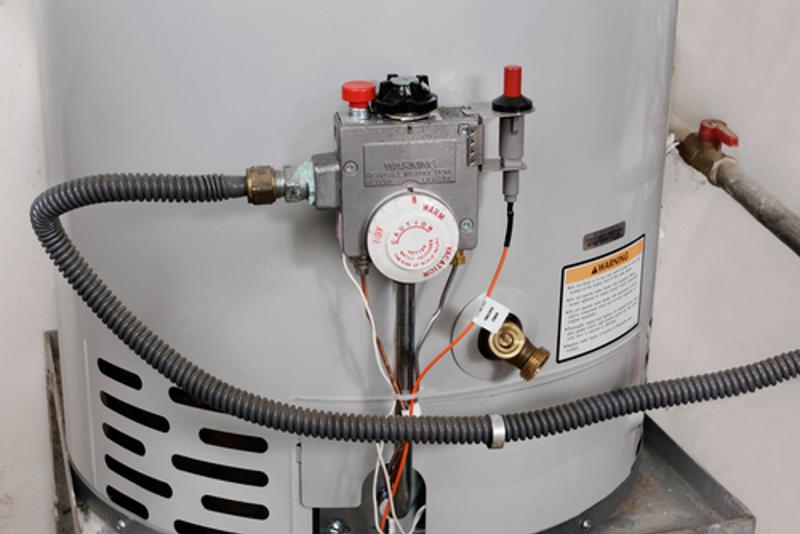Why is sediment in old water heaters so bad for you?
If you're like most homeowners in the U.S., you probably don't pay much attention to that old water heater chugging away in your basement. Sure, it's not the prettiest thing in the world, but if it manages to give you hot water when you need it, why should you bother worrying about it outside the rare occasions where you give it a little maintenance work?
Like most things involved in owning and caring for a home, your traditional storage-type water heater is actually a lot more complex than you might think. In fact, while it might be able to pump out hot water on command, these behemoths aren't always made of the best materials, which means you might be bathing, washing and possibly even cooking with water that includes chemical sediments. Aside from any health concerns, these sediments could also be jacking up your utility bill in hidden ways most homeowners never learn about.

How does it get in there?
When most people drain their old water heaters after several years of use, they report a great deal of sand pouring out alongside any residual water. While this sediment may look and feel like what you find at the beach, it's actually a composite material known as calcium carbonate.
Water Heater Rescue explained that calcium carbonate is normally found in all treated, room-temperature water, but when you store water in a tank and heat it with a constant flame, this mineral compound will filter out and clump into solid material at the bottom of your heater. While calcium carbonate isn't inherently harmful to humans, this buildup doesn't transfer heat as well, and when there's a layer of it at the bottom of your old storage heater, that means the heating source has to work doubly hard to get the water to the right temperature.
Unfortunately, the combination of high heat and a solid pocket of protection against moving water creates the perfect environment for bacteria and other microorganisms to grow.
"You could be looking at a burst tank well before the manufacturer says so."
How does it get in the way?
Aside from the health concerns related to sediment in old heaters, there are also some pretty serious structural problems that this buildup can cause. Because your heater now has to work overtime and apply more energy than might be safe to transfer it through the buildup to the water, the metal chassis is now under a lot more stress than it was designed for.
Also, remember those bacteria and microorganisms that can now grow in your heater? Well, when there's enough of those, they can actually eat away at the inside of the tank. With enough heat to weaken the metal and enough corrosive bacteria to erode it away, you could be looking at a burst tank well before the manufacturer says so.
You could completely drain your tank every few months to get rid of this sediment, but who has the time for that? Instead, ditch the tank for a tankless water heater and all of your calcium carbonate woes will go into the trash alongside your old storage heater.
